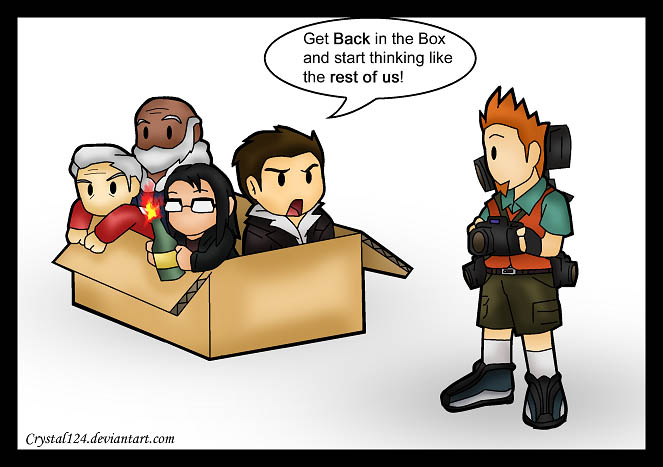PROBLEM SOLVING AND INQUIRY LEARNING with SOFTWARE and WEB TOOLS
Focus Question 4: How can teachers use computer games and simulations as learning resources?
- Digital games for learning represent a new category of educationally themed games that focus on active learning, sustained concentration and focus and new ways to problem solving.
- Strategies for effectively using games in the classroom include minimizing those that teach isolated skills, carefully choosing games that solely based on winning or losing points, discussing game content with students and actually playing games with your students.
- When people play games they are learning a new literacy, one that is grounded in learning how to read visual images on screens and understanding it this promotes visual learning and visual literacy.
Tech Tool: Scratch
This chapter had some really cool resources in their "Tech Tool" section. The one that I found to interesting was a cool and highly engaged programming system called Scratch. With Scratch, you can create your own interactive stories, animations, games, music, and art while sharing your creations on the web! As old as I am, I found myself actually enjoying this cool website and appreciating more of what technology has done and is still doing today. Below is an tutorial on how to use Scratch...enjoy:)
Summary&Connection
Computer games are very popular among young children and adolescents today, from jumping over explosive landmines to taking care of farm animals, computer games are great at getting a child in that engaged and excited mindset so why not use them for educational purposes as well? Even though some educators might disagree with taking part with any type of gaming in the classroom I really do think that as a teacher you have to know how to guide and direct what goes on your classroom and how you want your students to learn. I have always been a some what of a slow learner. I remember using educational websites in kindergarten and those online games and simulations really did make a difference for me when it came to me becoming a better reader and critical thinker today
Resources
Maloy, R. W. (2011). Transforming learning with new technologies. Boston: Pearson/Allyn and Bacon.
